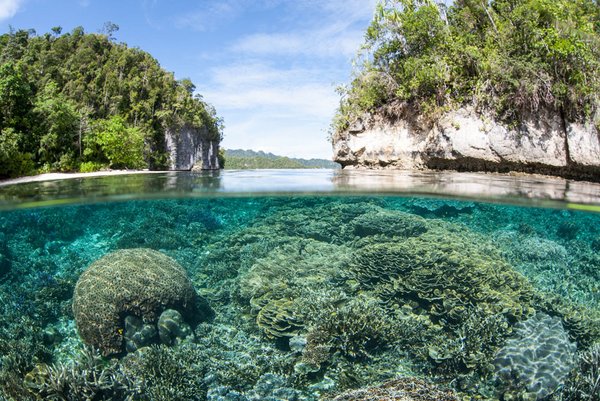 Read this article in French
Read this article in French- Share this article
- Subscribe to our newsletter
"10 Must-Knows" on biodiversity
In the run-up to the UN Biodiversity Conference in Kunming, China, and parallel to the preparatory meetings currently underway in Geneva, Switzerland, experts from the German Leibniz Research Network Biodiversity published “10 Must Knows from Biodiversity Science” in March 2022.
"It is important not to look at individual phenomena such as a single species threatened with extinction, but to look at the connections”, says Kirsten Thonicke from the Potsdam Institute for Climate Impact Research, speaker of the Leibniz Research Network Biodiversity.
The “10 Must Knows from Biodiversity Science” are:
- "Achieving climate and biodiversity protection together"
Destroying ecosystems releases large quantities of greenhouse gases, while intact ecosystems benefit the climate. In turn, a stable climate also benefits biodiversity.
- “Strengthening planetary health”
Humans increasingly encroach on natural areas; 75 per cent of new infectious diseases are zoonoses. Protecting ecosystems and reducing factory farming can directly and indirectly benefit the health of people and nature.
- ”Considering hidden biodiversity”
Life below the surface dies invisibly. In rivers and lakes, the number of larger vertebrates has decreased by 84 per cent. More research on the death of microorganisms in the soil is urgently needed. The microorganisms below the ground are important for everything that grows on earth.
- “Promoting biocultural habitats"
About 5,000 Indigenous peoples remaining on earth depend on an intact nature. Biodiversity, cultural, and linguistic diversity are closely related. If we lose the languages, we not only lose the knowledge about biodiversity, but also traditional ecological knowledge that is instrumental in preserving and sustaining their natural habitat.
- "Using forests sustainably"
Many forests are becoming more susceptible to insect damage or fire due to climate stress. At the same time, forests are considered suppliers of climate-friendly raw materials because trees take CO2 out of the air and store it in the wood. The concept of sustainability, which originated in forestry, must be redefined here. Forests need management, for example through certification, the planting of new resilient species, or by supporting natural forest development.
- "Transforming agriculture"
The production of food for humanity often contributes to the death of species through monocultures and too many pesticides and fertilisers. Only a few types of grain grow on 40 per cent of the world's harvested land, while almost 40 per cent of plant diversity is threatened with extinction. In order for farmers to preserve biodiversity, they need financial incentive systems and advice.
- "Protecting land and resources"
Natural areas must urgently be protected, and additional areas renatured if they are to continue to provide their ecosystem services and contribute to climate protection. Expressing these services in euros and cents in order to manage them is not easy. It is currently unclear how much resource consumption humanity can still afford. But: As little as possible if it wants to minimise risks.
- "Expanding transnational infrastructures and education for sustainability"
Damage to nature often occurs along supply chains and in global production networks. Strategies such as the EU's to protect biodiversity must therefore be transnational. But it also depends on citizens. More than 70 per cent of all biodiversity data worldwide is collected by people active outside science. Citizen Science is growing.
- "Ensuring access and open use of research data"
Sharing data is the basis for effective biodiversity management. For example, a relevant database of the INSDC (International Association of Gene Sequence Databases) already offers more than a quintillion gene sequences for free use worldwide.
- “Setting biodiversity-friendly incentives"
Around 140 billion US dollars are spent annually on biodiversity conservation worldwide, from public and private funds – but 500 billion in public subsidies plus an estimated 2,600 billion in private investments in sectors that harm biodiversity. This imbalance could change if the financial sector included biodiversity impacts in investment risk assessments, as it is already increasingly doing with climate impacts.
(PIK/ile)





Add a comment
Be the First to Comment